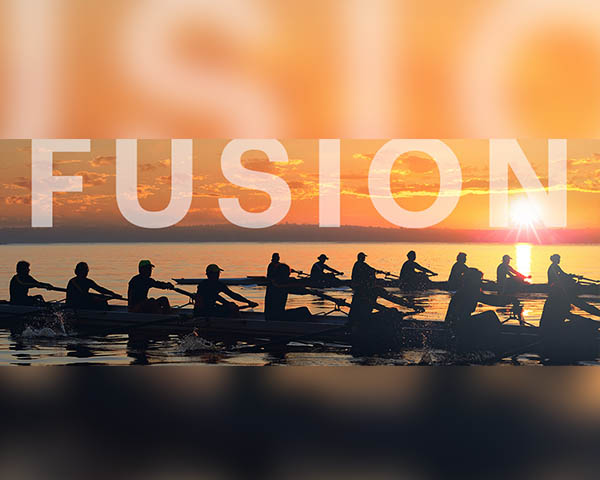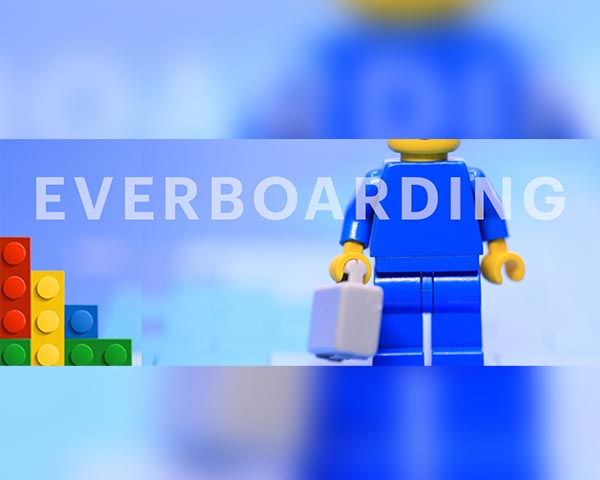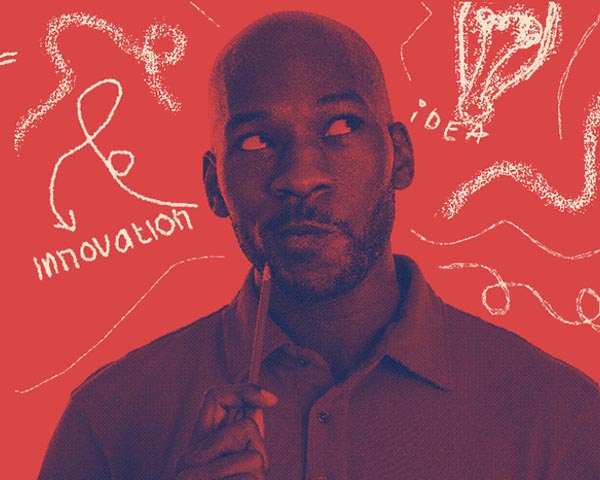- 087 941 5764
- impactful@lrmg.co.za
Articles

Love this. Share it Now!
“Thanks for installing the new talent system,” says the Chief Human Resource Officer (CHRO), greeting the Chief Technology Officer (CTO) at the coffee machine in a breakroom at the company’s headquarters. “Oh yes, that was two months ago, wasn’t it? How are you finding it,” the Chief Technology Officer responds. The talent professional confesses that he and his team haven’t started using it yet.
“You know how it goes. We’ve been very busy doing a cycle of recruiting and onboarding, then there were the quarterly performance reviews. And there was a payroll hiccup, and then we had a spate of sudden resignations including three key employees whom, as you know, we tried to persuade to stay. But I’ll take a proper look next month.”
The missing ingredient in the engagement recipe might be everboarding. While the idea of everboarding isn’t new – it does give organisations a fresh recipe for welcoming and involving employees in the company’s purpose, values and strategy – helping leaders unlock their peoples’ potential and enable individuals and teams to align performance with strategic goals so that they might perform to their highest points of contribution.
“OK, glad to help,” says the Chief Technology Officer, now bored and trying to make a quick but polite exit.
This epitomises the superficial collaboration that too often happens between talent leaders and their technology counterparts.
Actually, talent professionals know that technology is key to managing the talent function across a worldwide, multicultural organisation of thousands of employees – a robust employee experience (EX) platform, dependable communication technologies and integrated systems are essential levers for motivating individuals, encouraging collaboration and engaging everyone without.
But the comfortable reassurance of technology isn’t the same as striving to capitalise on opportunities and optimise its benefits. Often, talent professionals do not know the right questions to ask. It’s moot whether this is down to an unwillingness to do the hard yards to understand the technology landscape and become familiar with its language, or to the lack of a talent strategy aligned to that of the company. Could it even be attributable to HR – the very people tasked with directing and implementing positive culture change – being reluctant to embrace change?
Whatever the reasons, it’s an irony of the modern workplace that the people best able to unleash human potential do not synergise their efforts. When HR and IT talk past each other it’s a problem with fundamental consequences for the entire organisation. They need to have deeper conversations.
To understand different perspectives, consider that the past 10-15 years have seen the escalating push-pull of digital transformation. The push has been led by technology developments and the experts – the Chief Technology Officers (CTOs) and Chief Information Officers (CIOs) – at this coalface. The pull has come from Chief Executive Officers (CEOs), Chief Financial Officers (CFOs) and other senior leaders keen to capitalise on any available means to leverage efficiencies, productivity and innovation towards improved revenues and margins.
But digital transformation is misinterpreted. It’s imagined as a technology sea-change: more data and machines, faster computing, new levels of automation along the path to ubiquitous artificial intelligence (AI). However, these ‘digital’ facets should not be seen in isolation. The improved information and systems enable innovative ideas, deeper collaboration and better strategies. But the motivated ideation and creativity, the continuous quest for improvement – this is the actual ‘transformation’ aspect. And, “when it comes to digital transformation, digital is not the answer; transformation is,” writes George Westerman, author of Leading Digital: Turning Technology into Business Transformation. And gearing and managing for positive, powerful change is about people.
This is why high-performing organisations – towards what’s phrased as ‘digital dexterity’ or ‘digital maturity’ – seek to fuse talent and technology. The phrase captures the necessity of talent and technology leaders – at the very highest level, the CRHO, CTO and/or CIO – working together to blend the digital revolution with the ingenuity of people within their enterprise. A genuine HR-IT ‘digital handshake’ is overdue. It will unlock significant potential and value creation.
Companies that are getting digital transformation right – in its true sense – are reaping rewards. Digital dexterity contributes to gains in customer satisfaction measures, better product or service quality, and higher employee engagement scores. And, most importantly, to top- and bottom- line improvements: digitally mature companies are three times more likely than less evolved competitors to achieve higher revenue growth and net profit margins.
Organisations that do this and are priming themselves for the future, and the CHRO adopts an important pivot: he or she plans for the pace of change.
For further context, in an authoritative recent report on the future of jobs, the World Economic Forum projects that half of people employed today will need to be reskilled by 2025. At the same time, almost universally, CEOs expect their employees to attain these new skills on the job. Essentially, this means that many workplace skills plans (WSPs) will have been carefully compiled, but are almost certainly out of date. The speed of business today, together with extrapolating technology changes, imply that the skills being planned for may very soon be near-redundant.
Further, even predicting what skills will be needed in the future is increasingly difficult. Global megatrends are requiring companies to shift their talent paradigm. HR leaders should be thinking beyond employees’ current or near-term roles, to the agile and adaptable skillsets that will thread through a future-fit organisation. In itself, this is a talent disruption. It’s a complexity that can be navigated smartly if CHROs and talent professionals harness predictive technology applications in collaboration with CIOs and CTOs. Only then will they unravel business-critical insights about the real-time shape of talent – and what future skills needs may look like.
So, revisit the talent strategy. Ask whether it is an agile one, matching the new paradigm of the global skills marketplace. What’s your vision of optimised talent in your company’s future state? Now, you can ask the CTO and CIO how to enable that.
Remember, your department doesn’t need more or newer technology tools. What you need – at least as a first step – is more talk. Deep discussions with the CTO or CIO will unlock a better understanding of how to optimise the technologies already in place. Reskilling, upskilling, multiskilling – activating these is only possible when the technology team builds data lakes and analytics according to what is required from a clear talent strategy and agile workforce plan.
To get to high performance, employees need enabling technology. But the business landscape is littered with the wasted expenditure of systems not used properly, or at all. And the latest and best technology on its own cannot match or replace a committed and engaged workforce.
Technology can ramp up the company’s talent function and enable high performance, in turn liberating potential across the organisation in a digitally-transformed, future-focused culture. But perhaps, as a talent leader, you are still grappling with the implications, and battling to cross the digital divide in order to probe for insights and raise critical questions. A clarion call would be to practise what you preach to unleash the magic that happens through close collaboration.
Above all, keep close to the technology team. Future-proofing your company depends upon it.




















































